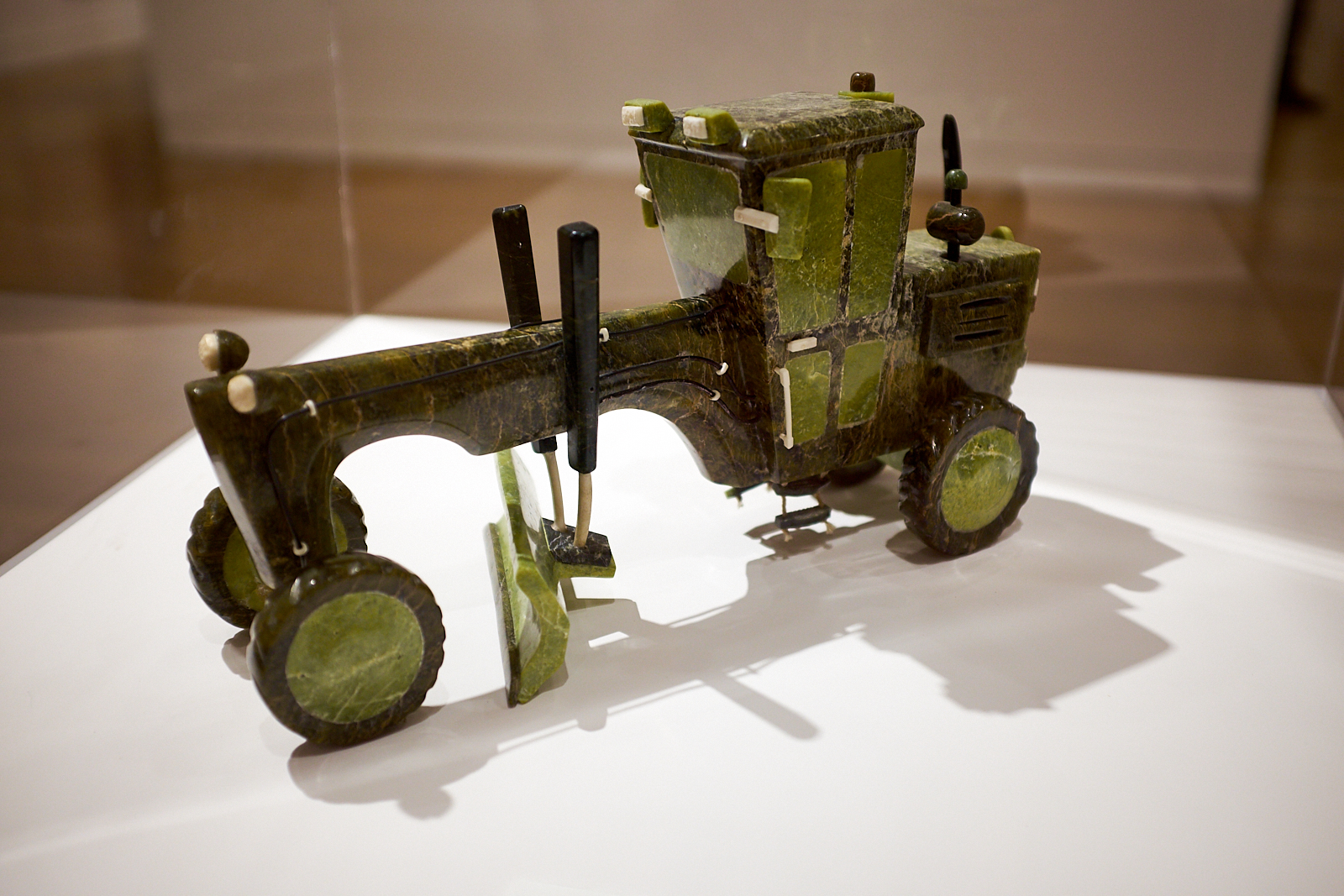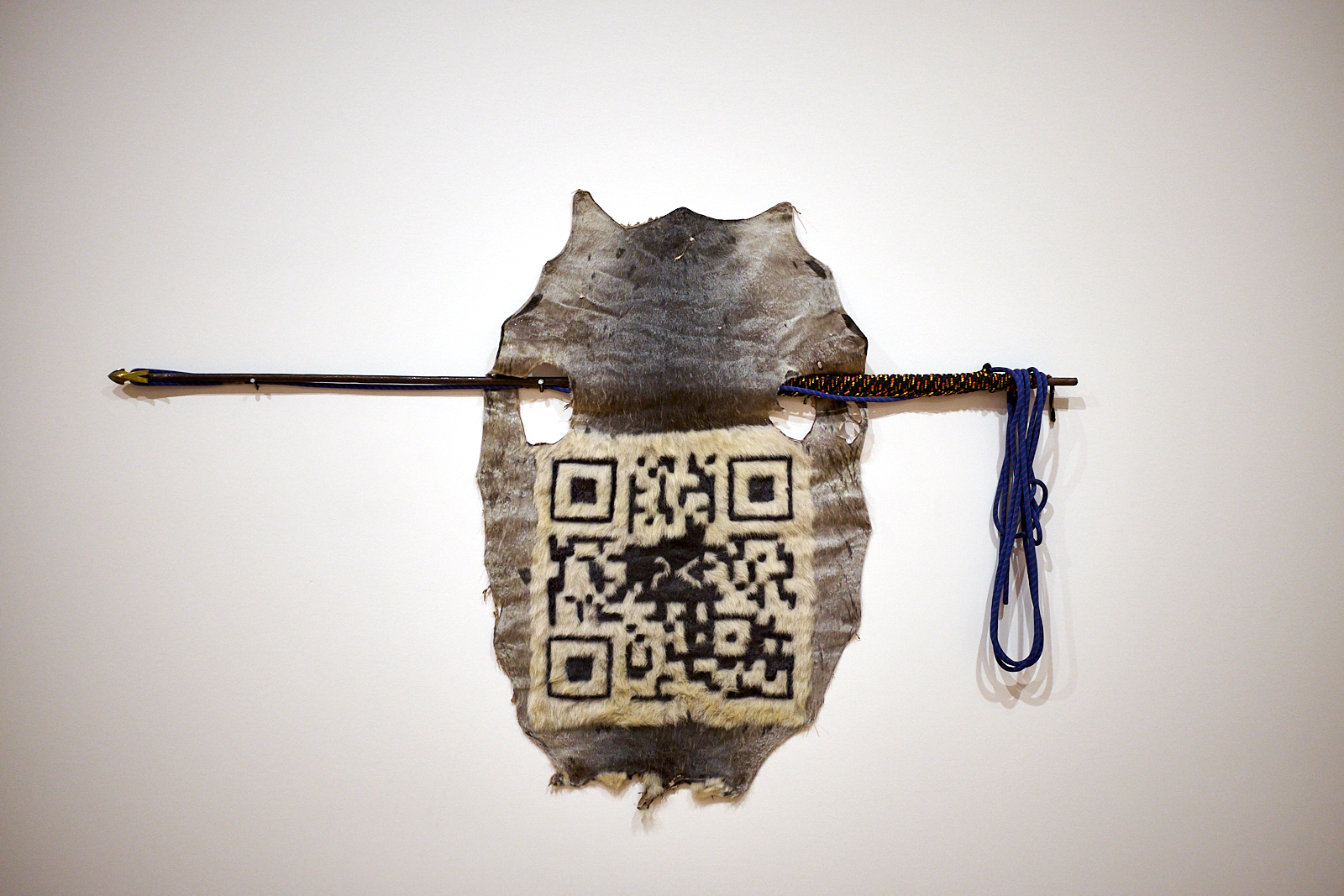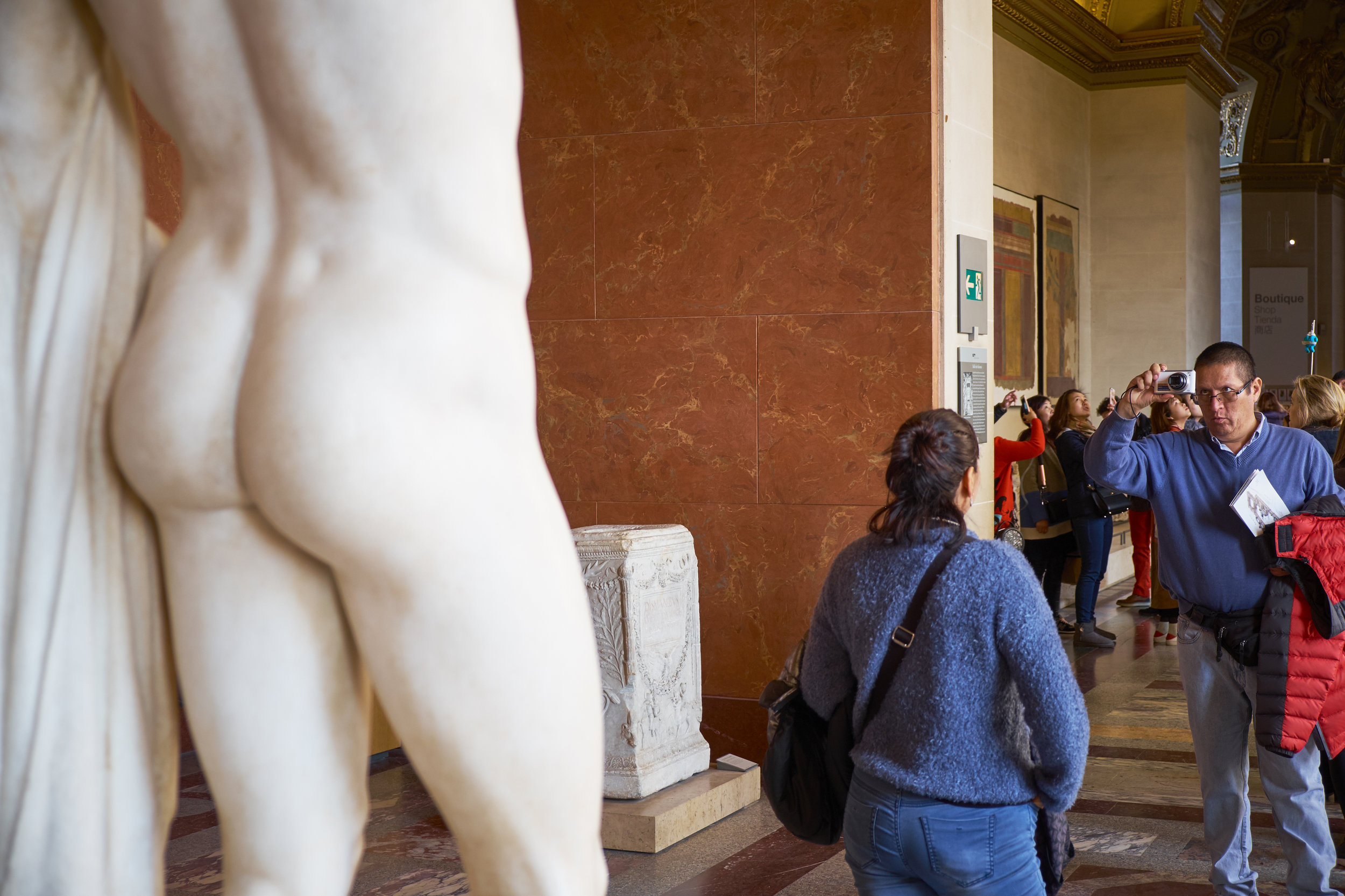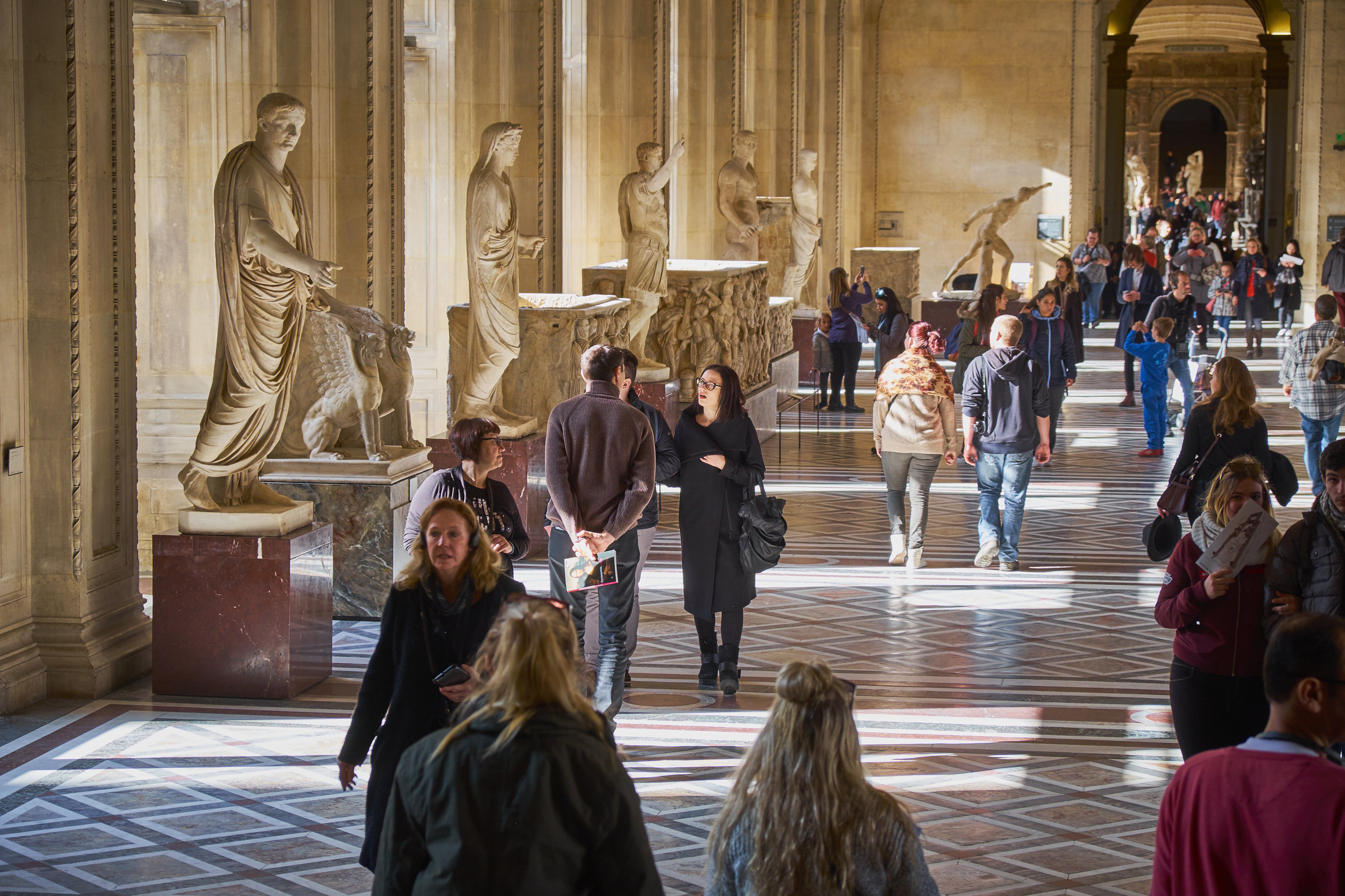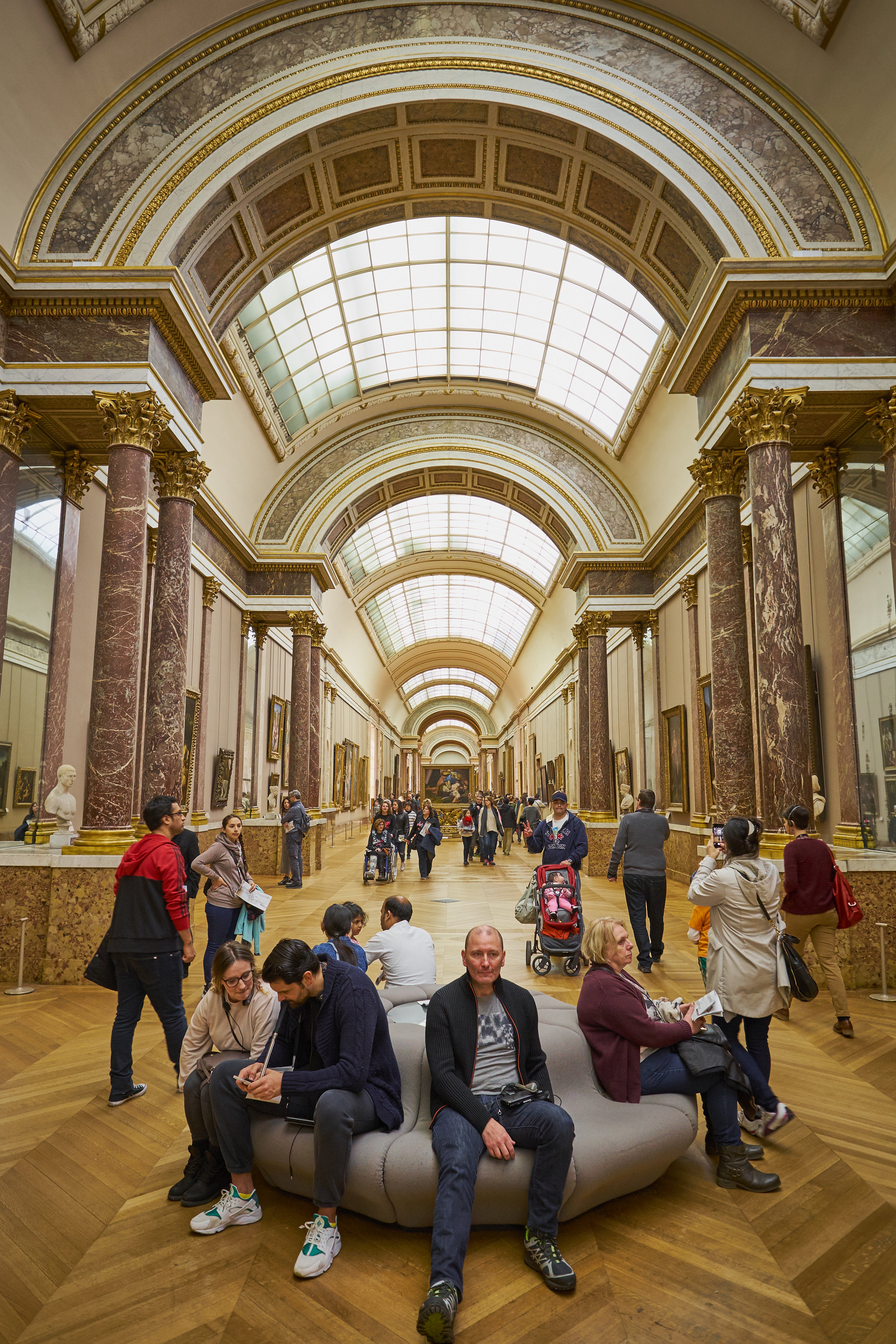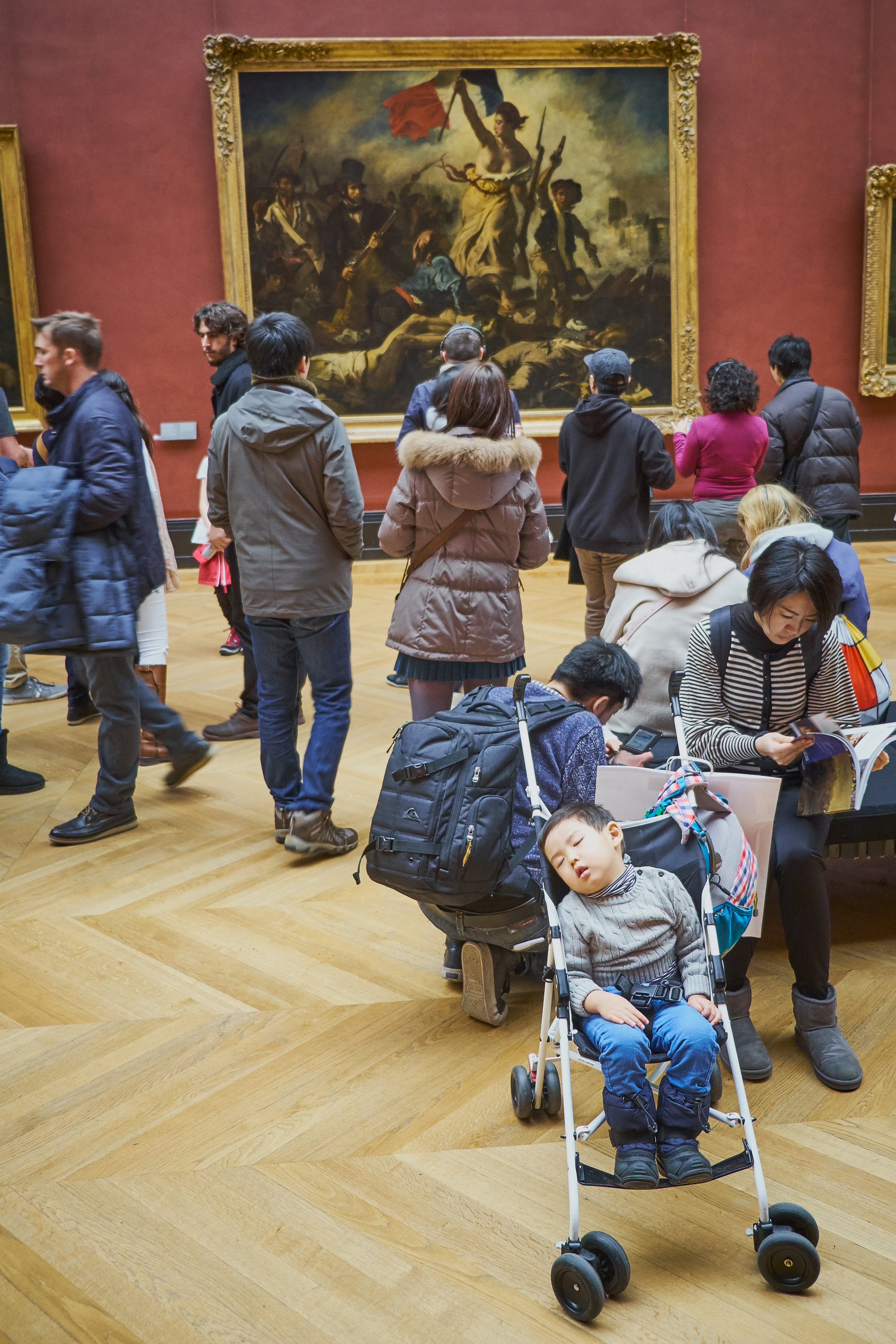Fujimura, M. and Wright, N. T. (2020) Art and faith: a theology of making. New Haven: Yale University Press.
I enjoyed Makoto Fujimura's meditation on the theology of making and I hope that it will find an audience beyond those who have an interest in "the arts." While many of his stories draw on artistic practice, particularly traditional Japanese schools of ceramics and painting, there is much here that would be encouraging to a wider range of makers and lowercase "c" creators. I found one of Fujimura's distinctions very helpful: the difference between "plumbing theology" that focuses on trying to fix what is wrong in an effort to return to Eden, and a theology of "New Creation" that is oriented in hope toward the future. And the New Creation is not a repudiation or destruction of creation but its completion, as all that is good not only remains but is raised and perfected.
After reading a number of theologians on the arts, it was refreshing to read an artist on theology. Each has their unique challenge, of course: the theologians tend to write as consumers rather than practitioners, and this artist draws on a fairly small theological pool. The work of N.T. Wright gets a lot of play, but after that a lot of the citations go either to T.S. Eliot or C.S. Lewis. Fujimura makes no claim to be writing a survey of Christian thinking on art, but it seems a shame not to allude to the deep riches that exist in the Catholic and Reformed traditions.
But that may also be a strength of the book: it presents a focused, accessible and meaningful case for the importance of making for all people, not just for artists, not just for Christian artists, or even Christians for that matter. It is natural that all those created by a loving Creator should participate in creation by being little creators.
And if the book could have been longer and provided more scope on the sweep of theological thought on art, I think it could also have been shorter: some themes, such as the tears of Christ, were returned to more often than was necessary to recognize the place of suffering in this life and to avoid any triumphalist impulse. It could also have been better fact-checked: for example, "kalos" is not a Hebrew word; the medieval origins of the word "gospel" do not contain the sense of a good "spell"; and no sources are offered for the existence of "tear jars" in antiquity (are there any?). The author is not an academic theologian but he does have access to enough people who are.
I'm glad, though, that a trained, practising and thoughtful artist has taken the time to reflect deeply and faithfully about art, faith and life. I hope that others will follow and that we will all be able to benefit.
Now, let us all go forth and make. ;-)















